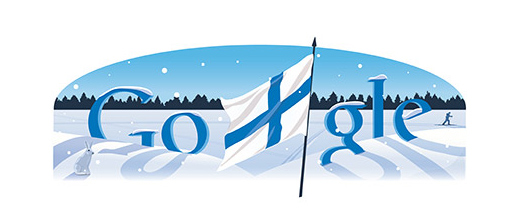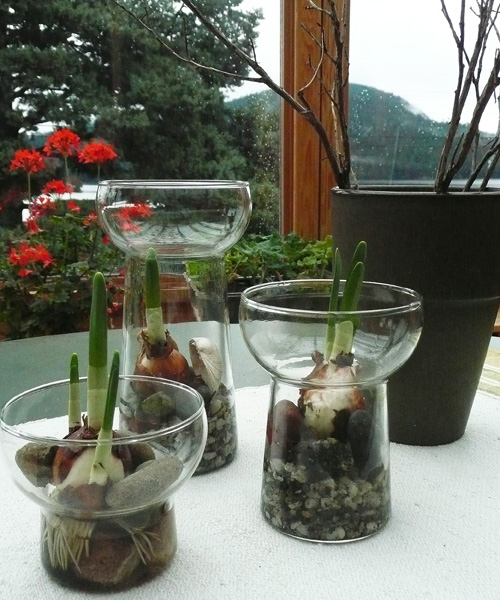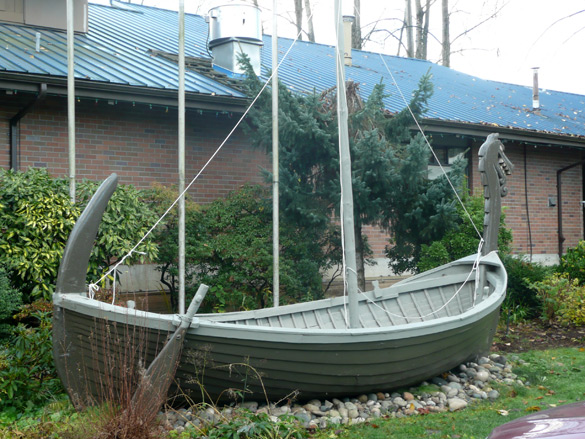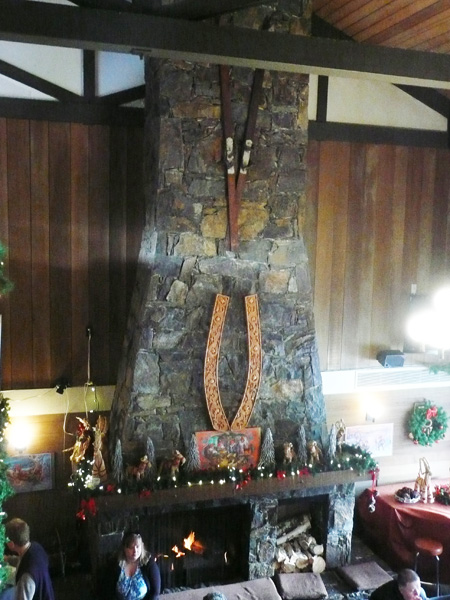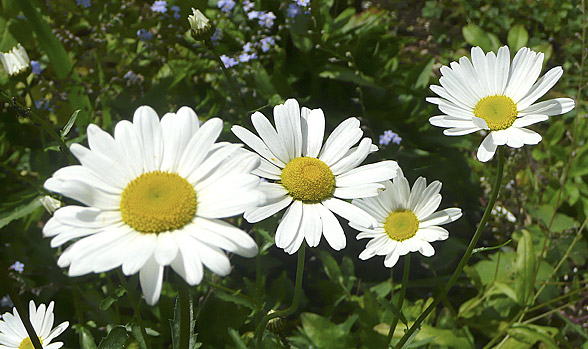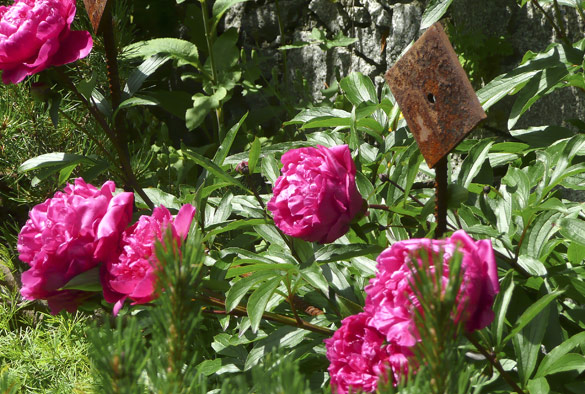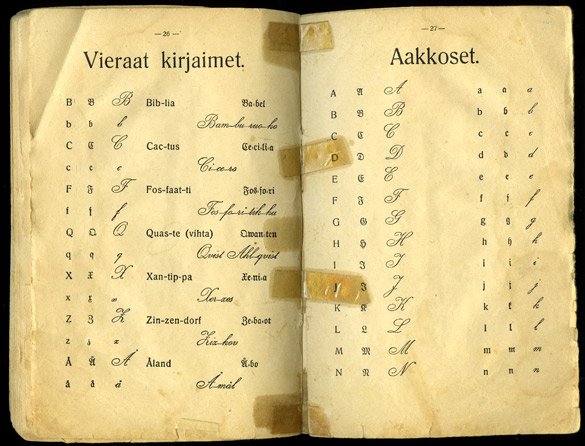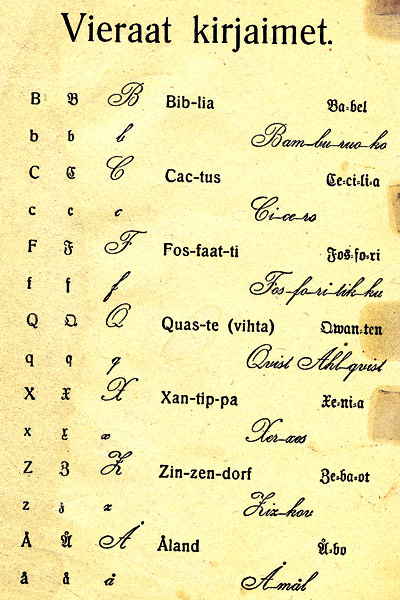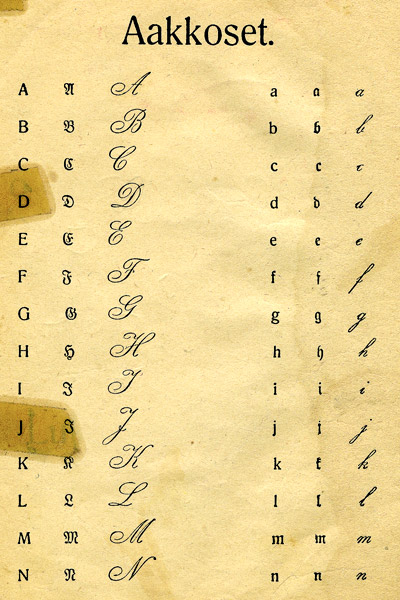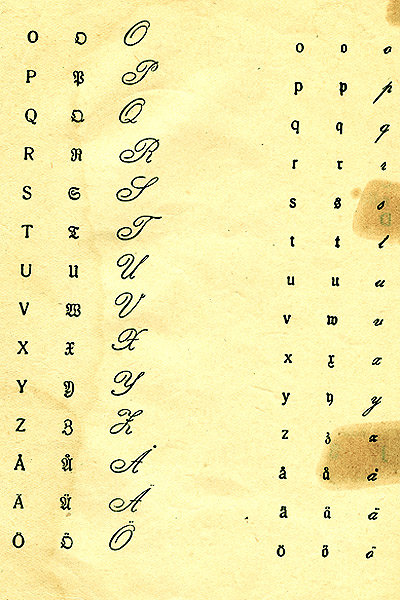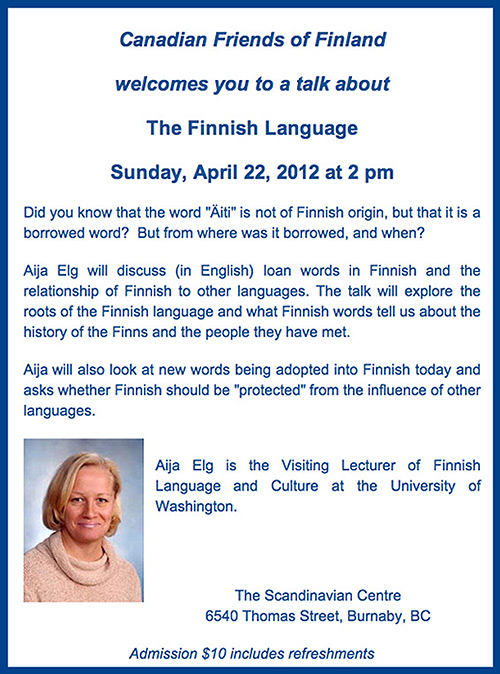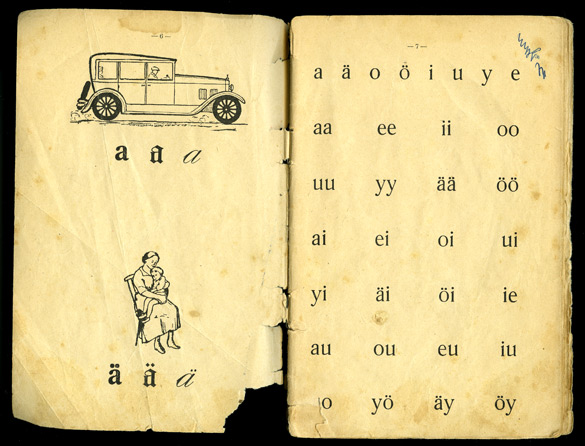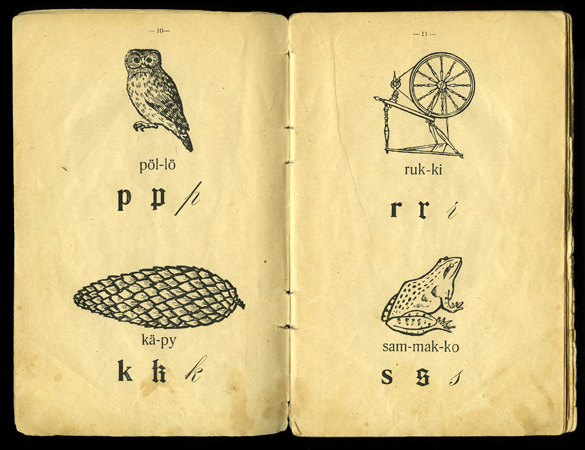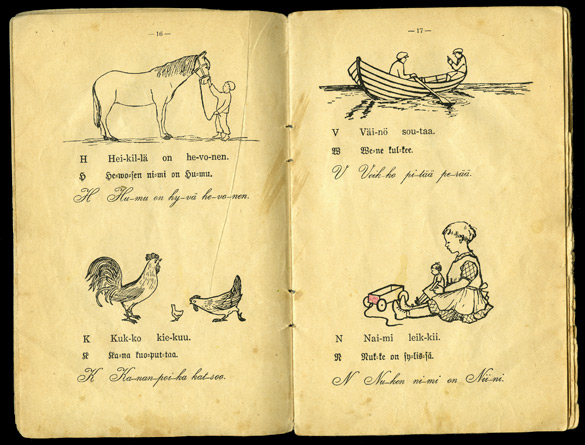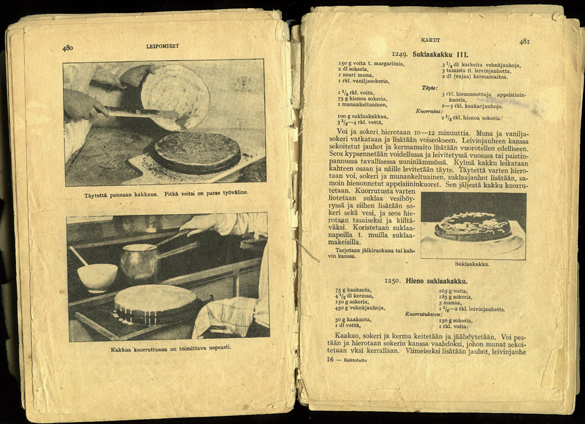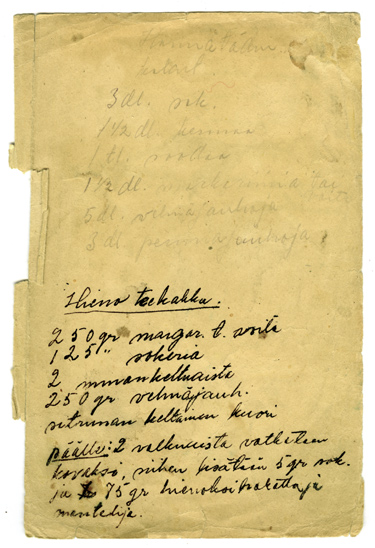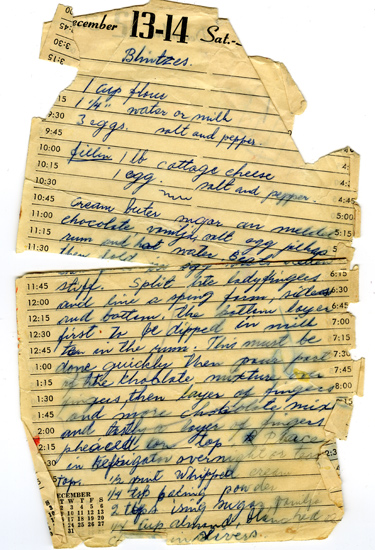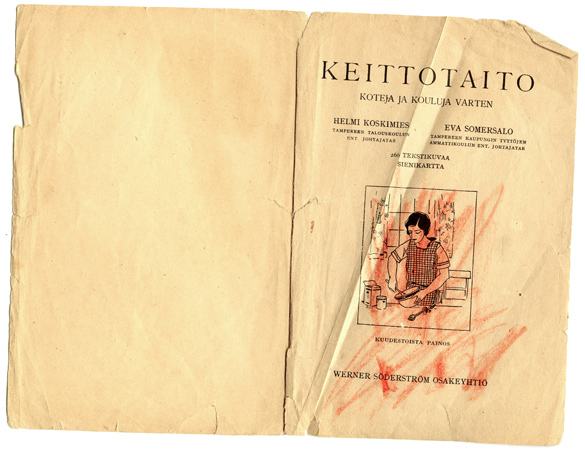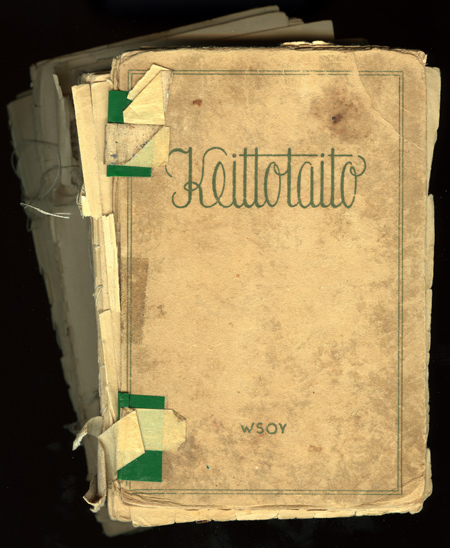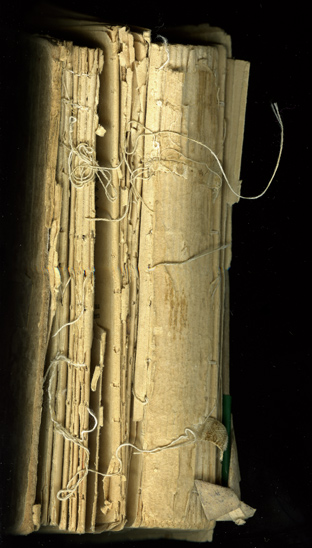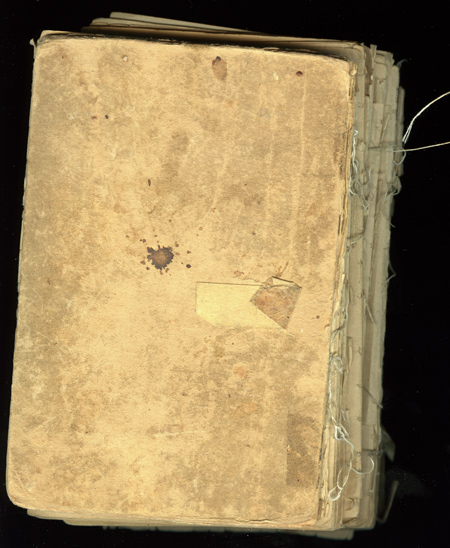New World Finn interview
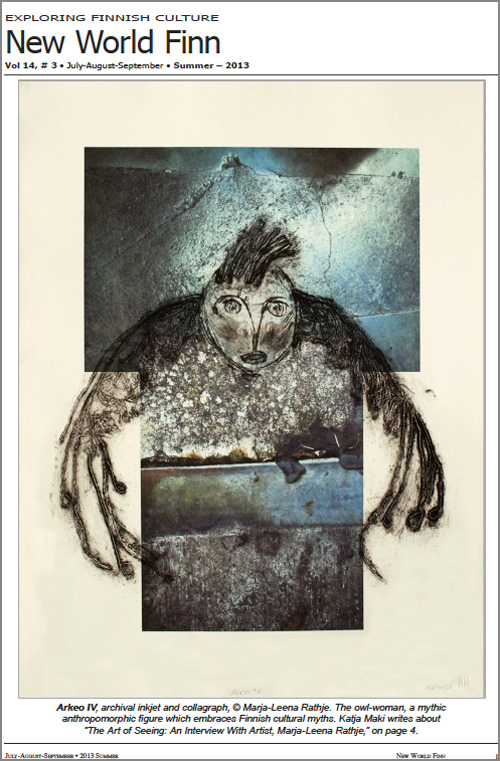
I am thrilled and honoured to have been interviewed for an article in this summer’s issue of the New World Finn magazine, a quarterly journal exploring Finnish culture in the New World, and published in Wisconsin, USA. Katja Maki, also a Finnish-Canadian artist, and who lives in Thunder Bay, Ontario asked me many interesting and sometimes challenging questions. Katja and her sisters Taina and Della are frequent contributors to the magazine as well as being active in many Finnish emigrant gatherings in North America.
Please read the interview here**. The “cover page” has an image one of my favourite works as you can see above. I am enjoying the other articles as well and I hope you will too. The print version will come by snail mail and I understand it will be in black and white. My warmest thanks to both Katja and the publisher Gerry Henkel for featuring me and introducing me to the larger commununity of Finns in North America.
To visitors coming here from the magazine, welcome! I’m a little late posting this as I’ve been away on a short holiday. Feel free to wander and explore the site and to comment and ask questions; your email address will not be posted publicly and you do not have to have a blog to do so. Older posts have comment functions turned off.
New and regular visitors may note that I have a new link called ‘Gallery’ up on the top left of this page. This is my new website to feature my printworks on their own. Though still a work in progress with more works to be uploaded and details to be fine-tuned, I hope you will enjoy it!
UPDATE July 5th, 2013: Katja Maki has posted photos of readers with the print edition of New World Finn. Go look. I can hardly wait for my copy!
UPDATE December 6th, 2013: I happened to notice that the online site for New World Finn has been changed to a nice modern look! The current front page lists several articles so scroll down and find mine as the fourth one down, showing the above ‘cover’ page. I have replaced the former PDF link with the one on this new page.
**UPDATE March 26th, 2015: Sadly this long-time Finnish-American magazine published its final print issue in January 2015. I thought the online versions would remain on the net but those too seem to have since been taken down. Fortunately I still have my own PDF copy of this issue with the interview of me. Please check out the cover page, and pages three and four here: 2013_3c_NWF.
